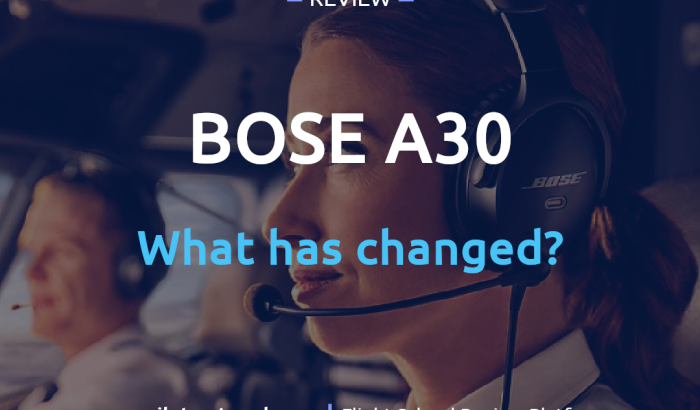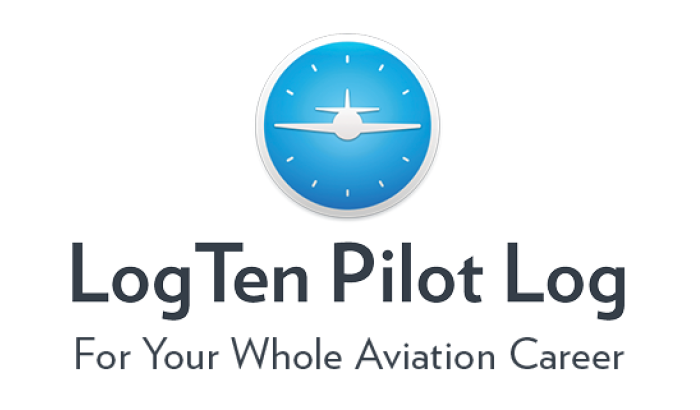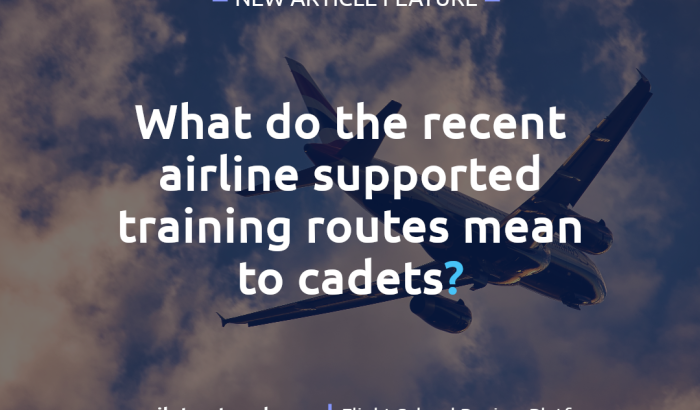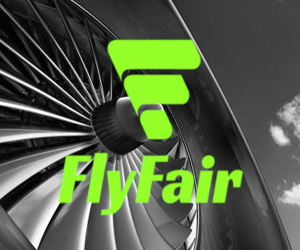
How do I start my Pilot career?
One of the first and most important questions an aspiring pilot has is, “I want to be a pilot…but how do I even start???”. Don’t worry because it certainly isn’t a rare thought - we all shared the same curiosity.
The key to gaining clarity and embarking on the correct pathway is firstly going to a reputable and accurate source of information that is easily accessible, then asking yourself what kind of pilot career you want to pursue and what resources you have available. Pilot Network is a platform which aims to assist you, as an aspiring pilot, in your decision making process, to get you from zero to the right hand seat of an aircraft. Our ‘How To Become A Pilot Tool’ on our website provides guidance with choosing the right route for you. We will however briefly outline in this article, the main points which you need to know, that you can then use along with our website tool to help you.
What do I need and how?
Firstly, you need motivation and drive to become a pilot as it’s not a walk in the park. A lot of hard work and dedication is required, but the rewards are worth it.
It is important to decide what kind of pilot you wish to become: Commercial? Private? Corporate? Military? This will then enable you to establish a specific path. After this you need to figure out your training budget, where you wish to train and how much it will cost you, a valid Class 1 medical and what time frame you are working with. All commercial pilots require a Class 1 medical licence which enables them to carry out their duties safely. It is advisable to do this prior to investing money into training just to make sure that everything is ok health wise. You can find a list of AMEs (AeroMedical Examiners) who will be able to do this for you. In order to just get your Private Pilot's Licence hwoever, you only need a Class 2, but bear in mind that this will need to be upgraded to a Class 1 when you start your advanced training to fly commercially. Once you have completed the above, you can shortlist schools to go and visit.
Training route?
There are 3 training routes: Modular, Integrated and MPL (Multi Pilots Licence). The latter is done via an airline sponsorship, where you will train following their specific standard operating procedures.
Modular training is exactly what it says, in that you train in modules one after the other. Modular training allows the student to train on their own time frame and enables them to work alongside studying or in between modules to save up money to progress to the next stage. This is the more flexible option and allows you to manage the training yourself. This type of training is usually cheaper than Integrated or MPL and so will suit those with a more restricted budget.
Integrated training is undertaken at an Approved Training Organisation (ATO) and is done as a full time, back to back course, usually taking between 18-24 months. This training route is usually more expensive than modular but can enable you to acquire your licence quicker and the ATO will manage your training schedule.
Our training pathway guidance tool on our website will go into more detail on this topic and help you make the right decision.
After you have decided which route, you need to choose which civil aviation authority you want your licence to be under. Prior to Brexit, the UK was under EASA, which is the collective European safety agency. However, since January 2021, the UK CAA has left EASA. There are options to train either under the UK CAA or an EASA member state. Keep in mind that this will affect which jobs you can apply for after you graduate, until a mutual recognition of licences come into play in the future. Some schools do offer the option of training towards acquiring both licences, however this does mean that you will need to sit double the amount of exams.
Training location?
Where you wish to train is another vital aspect of starting your career as a pilot, as it will determine which schools you can shortlist. You may be flexible in terms of where you are willing to train, or prefer to stay closer to home. Our Pilot Network map search feature allows you to select and shortlist schools by location.
What next after training?
The next step after training is to look for a job, either with an airline or a company. Most commercial pilots usually choose to fly for an airline, but many explore the corporate aviation route or become a flying instructor. Recruitment agencies, such as Pilot Base, have a regularly up to date database of the latest pilot job openings for you to search through. You can also use interview and assessment preparation companies, such as Airline Prep, to help you put your best foot forward in the interview process.
We hope that this article has given you a brief summary of how to start your exciting career as a pilot. For more information please visit www.pilot-network.com where you can gain more information to assist you and as always please feel free to get in touch with our team via our contact form or via our various social media channels.
Thank you for reading.
The Pilot Network Team










